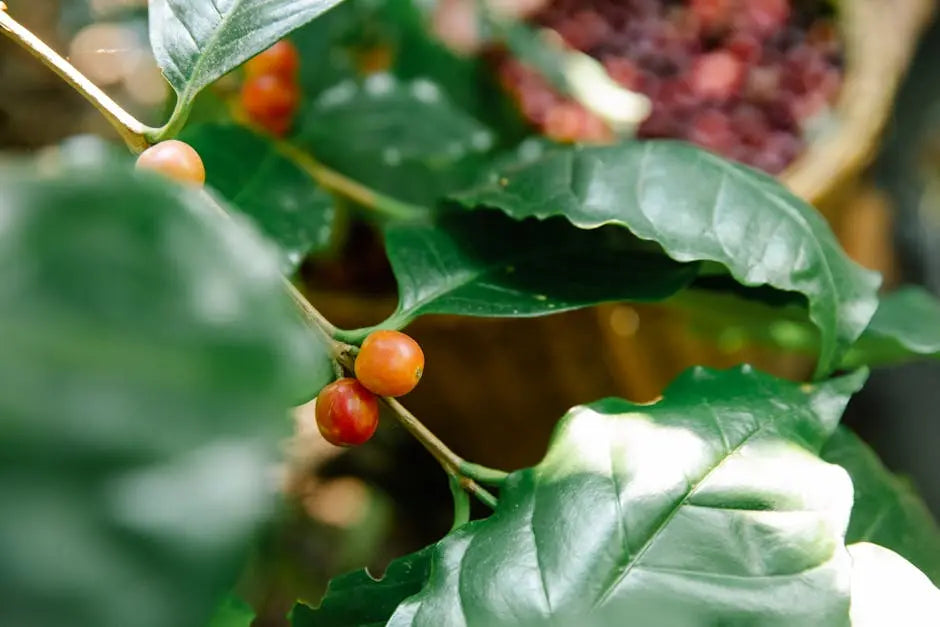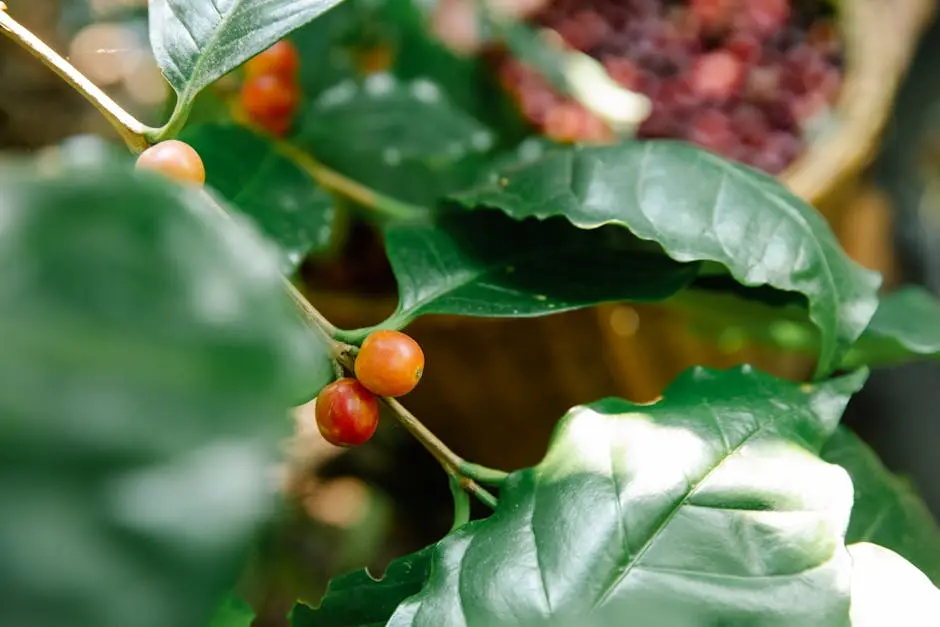
7 Ways Conservation Coffee is Revolutionizing the Industry
In recent years, conservation coffee has emerged as a game-changer in the coffee industry, promoting sustainability while delivering delicious brews. This trend not only champions environmental stewardship but also supports farmers and enhances the quality of coffee itself. Here are seven compelling ways conservation coffee is transforming the landscape of caffeine culture.
1. Supporting Biodiversity in Coffee Farming
One of the key aspects of conservation coffee is its commitment to protecting ecosystems. Farmers are encouraged to maintain shade-grown coffee plantations that support diverse species, thus enhancing biodiversity while producing high-quality beans.
Moreover, shade-grown coffee is not just a trend; it’s a practical approach to preserving the rich tapestry of life in coffee-growing regions. By fostering a habitat for various birds and insects, these farms naturally maintain balance in their ecosystem, which also benefits coffee quality. The interdependence between local flora and fauna means that healthy populations of pollinators, for instance, can enhance the yield and flavor complexity of the beans.
In addition, investing in biodiversity supports long-term soil health. The diverse root systems of various plants prevent erosion and contribute to nutrient cycling, which leads to better coffee crops over time. This holistic approach not only yields delicious coffee but also protects natural habitats, making conservation coffee a delicious choice for those who care about the environment.
2. Empowering Local Farmers and Communities
Conservation coffee initiatives often focus on fair trade practices that ensure farmers receive a livable wage. This empowerment leads to stronger communities, better education, and improved living standards for those who cultivate our beloved drink.
When farmers earn a fair price for their beans, they can invest in their communities. This might mean building schools, improving healthcare access, or even supporting local infrastructure projects. The ripple effect of these contributions strengthens not just the economy but the social fabric of entire communities.
This empowerment also instills a sense of pride among farmers, who are not just workers in a global supply chain but vital custodians of traditions and quality. When consumers choose conservation coffee, they help build a more equitable coffee industry and empower those who care for the land.
3. Promoting Sustainable Farming Techniques
Sustainable methods such as organic farming, agroforestry, and permaculture are integral to conservation coffee. These techniques reduce the need for chemical inputs, safeguard soil health, and promote water conservation.
By practicing agroforestry—growing coffee alongside other crops—farmers can create a micro-ecosystem that minimizes the impact of pests and diseases on their coffee plants. This not only yields better coffee but also helps keep local agriculture viable and diverse.
Furthermore, permaculture principles allow farmers to design their farms as cohesive ecosystems. When each element works in harmony, whether it’s plants, animals, or even microorganisms, the entire farm becomes more resilient and productive.
4. Reducing Carbon Footprint of Coffee Production
By adopting eco-friendly practices, such as using renewable energy and reducing waste, conservation coffee helps lower the carbon emissions associated with coffee production, making every sip a step towards combating climate change.
An impressively progressive move is the investment in solar energy for processing coffee. Many conservation coffee farms are now harnessing the power of the sun to power their operations, which not only cuts costs but also drastically reduces carbon emissions.
In addition, reducing waste is a cornerstone of sustainable practices. From composting coffee cherry pulp to reusing packaging, every effort counts. As consumers, we can also play our part by choosing brands that prioritize sustainability, thereby amplifying the positive impact of our coffee choices.
5. Enhancing Flavor Profiles through Conservation Practices
Interestingly, the commitment to conservation not only benefits the environment but also improves the flavor of coffee. By focusing on biodiversity and proper farming techniques, coffee producers create beans that are rich in flavor and unique characteristics.
When coffee is grown in harmony with nature, the resulting beans often possess a more nuanced taste profile. Varietals that thrive under biodiverse conditions can reveal complex flavors, taking coffee beyond mere refreshment to an extraordinary tasting experience.
This commitment to quality means that when consumers choose conservation coffee, they’re not just making a responsible choice; they’re treating their taste buds to something truly vibrant and memorable. It’s a win-win situation for both the planet and coffee lovers!
6. Educating Consumers about Sustainable Choices
Conservation coffee brands actively engage in educating consumers about sustainable practices. By promoting awareness around the impact of their choices, they inspire coffee lovers to make informed decisions that benefit the planet.
By sharing stories about their farmers, their farming practices, and the direct impact of sustainable choices on communities, these brands create a compelling narrative that resonates with consumers. The goal is to transform coffee drinkers into advocates for sustainability.
7. Building a Global Community for Conservation Coffee Lovers
Finally, conservation coffee fosters a sense of community among coffee enthusiasts. This global network encourages collaboration and sharing of best practices, bringing together people who care about quality coffee and environmental sustainability.
Online platforms, local events, and coffee festivals now serve as meeting points for those passionate about sustainable coffee. These gatherings not only are educational but also instill a sense of belonging. Connecting with other conservation-minded individuals amplifies the importance of collective action, allowing consumers to feel empowered in their choices.

